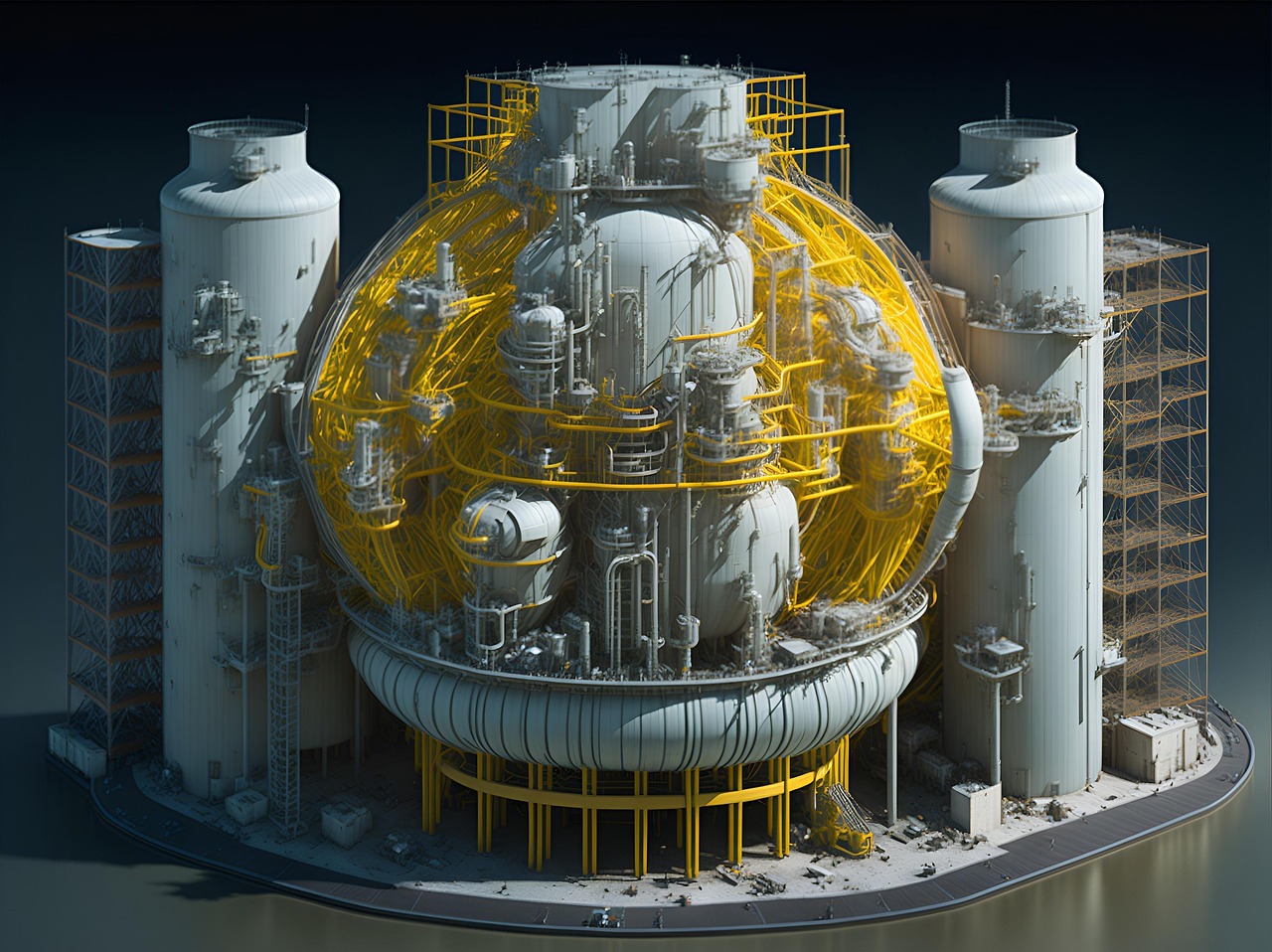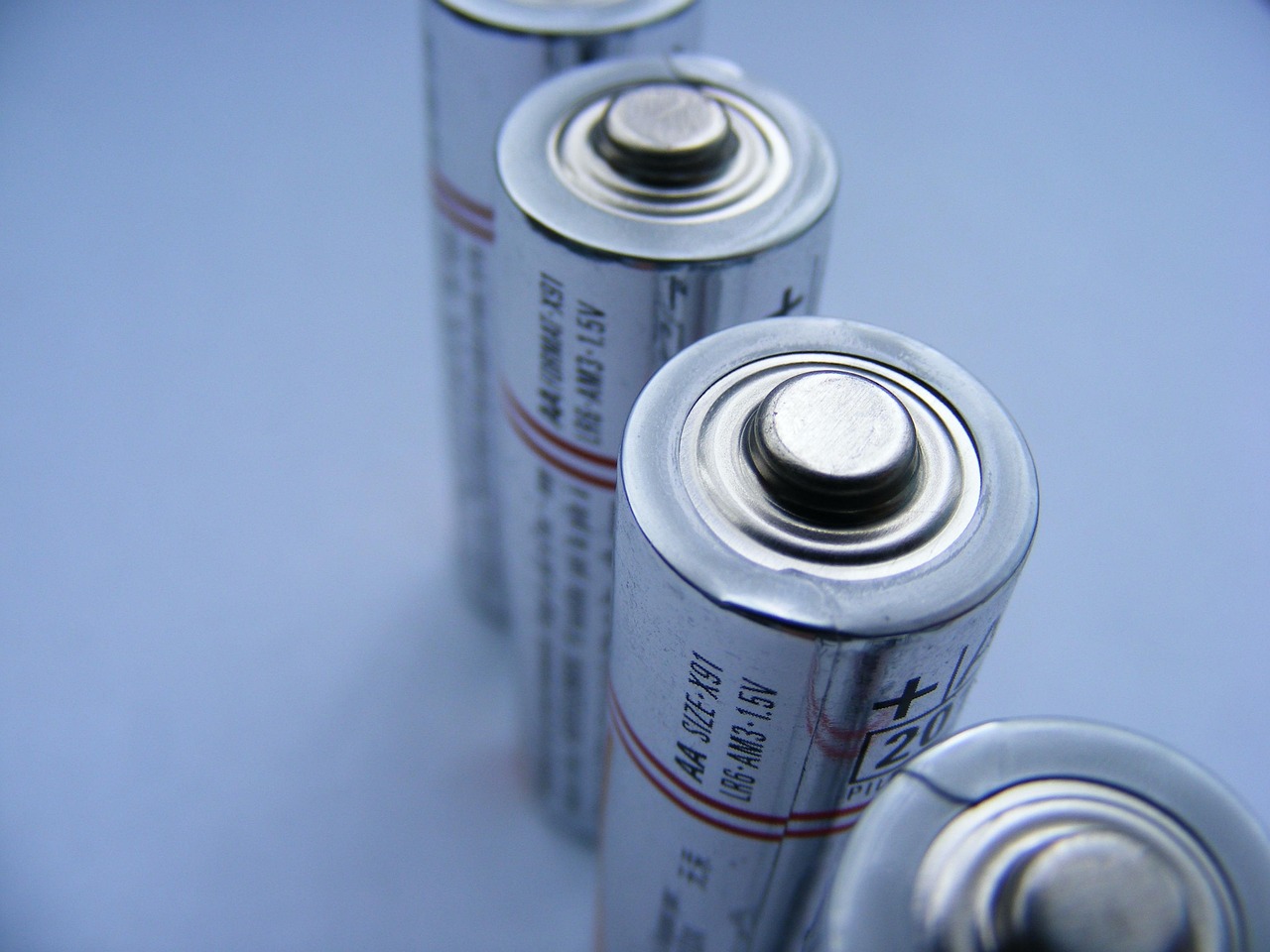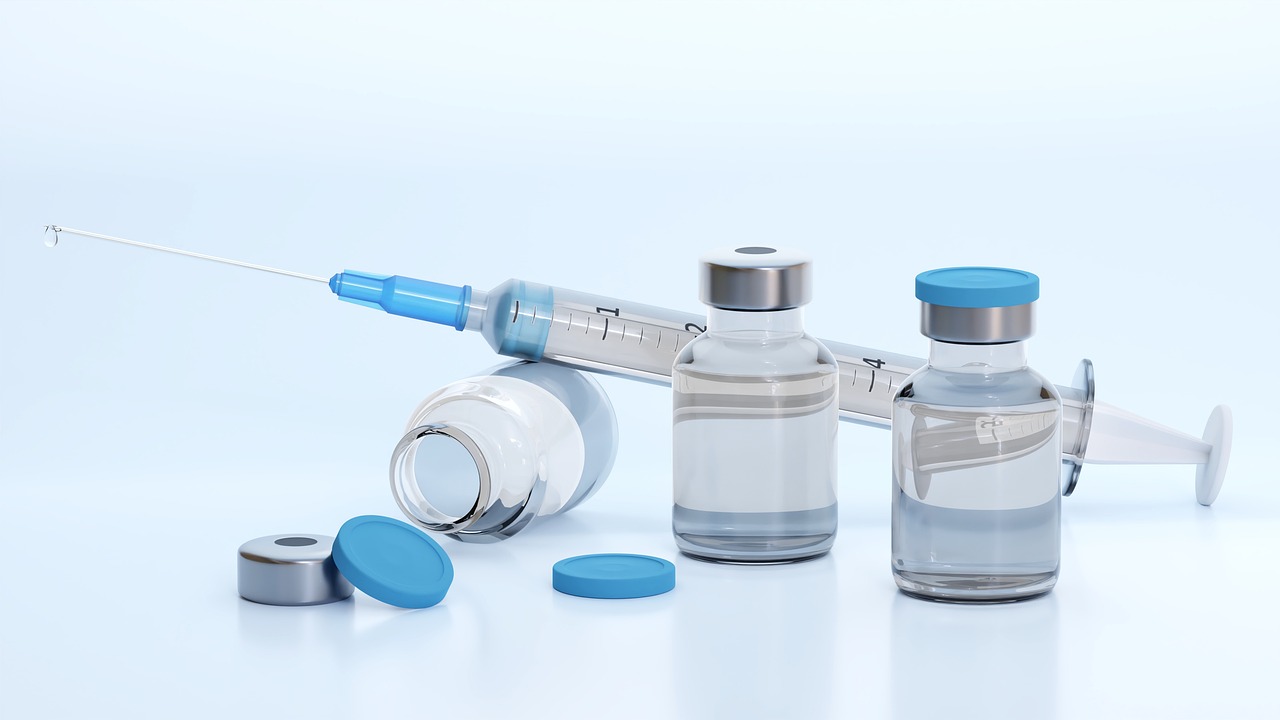Reactors, whether chemical, biological, or nuclear, are among the most critical components in many industrial and energy production systems. When such a system suddenly shuts down, it can lead to significant disruptions, safety concerns, and financial losses. Understanding how to respond effectively and safely to such a failure is essential for engineers, technicians, and facility managers.
This article provides a thorough and structured approach to troubleshooting a reactor that has unexpectedly stopped working, ensuring both safety and efficiency throughout the process.
Introduction
Reactors are engineered systems designed to contain and control chemical, biological, or nuclear reactions. Their complexity and the often-hazardous materials they manage make any unplanned shutdown a serious event. Whether due to equipment malfunction, human error, or external system failure, the response must be both immediate and carefully controlled. A hasty or unplanned restart without identifying the root cause can exacerbate the issue or even lead to catastrophic failure.
Step 1: Safety First
When a reactor stops unexpectedly, ensuring safety is the first and most crucial priority. Regardless of the type of reactor, certain universal safety measures should be initiated immediately:
Emergency Procedures
Power down the reactor, if this has not already occurred, unless doing so would cause further risk.
Evacuate the area if there’s any indication of a hazardous leak, such as abnormal temperature readings, smoke, or gas.
Activate emergency shutdown systems, including cooling, venting, and containment measures as appropriate to the reactor type.
Personal Protective Equipment (PPE)
Operators and responders should don the appropriate PPE, such as respirators, thermal gear, or radiation shields, based on the reactor’s contents.
Lockout/Tagout (LOTO)
Ensure that any work to be performed on the reactor is done under strict LOTO procedures to prevent accidental re-energization of systems.
Step 2: Log and Identify Symptoms
Before beginning any hands-on diagnosis, observe and record all available data. A proper symptom log is the backbone of effective troubleshooting.
Key Observations
Did the reactor shut down suddenly or gradually?
Were there alarms, error messages, or unexpected data trends leading up to the shutdown?
Are there visible indicators such as fluid leaks, temperature spikes, or unusual vibrations?
Documentation
Record:
Time of shutdown
Operator actions before and after
Sensor readings or system logs
Environmental conditions, such as power outages or external equipment failures
This step is essential for root cause analysis later and ensures that patterns or repeated faults are recognized.
Step 3: Examine External Systems
Often, the fault lies not in the reactor itself but in the supporting infrastructure. Check the following utilities and systems:
Power Supply
Inspect electrical panels, circuit breakers, and fuses.
Confirm that the reactor’s power input is stable and within operational parameters.
Check for any UPS or backup generator malfunctions if the reactor is power-critical.
Cooling and Heating Systems
Ensure coolant pumps are operational, and that flow rates are within expected limits.
Check for blockages, leaks, or low fluid levels in the cooling loop.
For heated reactors, inspect heating elements and thermostatic controls.
Raw Material and Reagent Supply
Are all feed lines clear and open?
Confirm there is an adequate supply of required chemicals, gases, or biological media.
Look for signs of line obstructions, clogs, or pressure drops.
By confirming the integrity of external systems, you eliminate a large number of potential failure sources early.
Step 4: Inspect Reactor Core Components
With external systems checked, move to inspect the reactor’s internal components. Depending on the type of reactor, the focus areas differ slightly:
Chemical Reactors
Check agitators or stirrers for mechanical failure or misalignment.
Examine valves, seals, and pressure vessels for signs of wear, corrosion, or leakage.
Test for catalyst fouling, particularly if the reaction rate has been declining.
Nuclear Reactors
Review scram system logs to determine if an emergency shutdown was triggered intentionally or by fault.
Inspect control rods, neutron detectors, and coolant systems for abnormal readings.
Ensure that radiation containment systems are intact.
Bioreactors
Inspect aeration systems, pH and dissolved oxygen (DO) sensors, and temperature control mechanisms.
Consider contamination possibilities—bacteria or fungus could lead to metabolic changes or system stress.
Check for clogging in feed lines or buildup on probes.
Physical inspection should be paired with diagnostic tests to ensure all components are functioning as designed.
Step 5: Review Control and Automation Systems
Modern reactors are typically controlled by SCADA (Supervisory Control and Data Acquisition) or DCS (Distributed Control System) platforms. Failures in control systems can mimic or induce reactor faults.
Software and Communication Checks
Review the operator interface for faults or alarms that may not have been seen previously.
Confirm that sensor data is accurate—false readings can lead to inappropriate system responses.
Ensure communication protocols between different systems (e.g., PLCs, sensors, actuators) are intact.
Control Logic
Check PID control loops for tuning errors or instability.
Review the last executed commands and automation sequences.
Look for software glitches, update issues, or overrides that may have affected operations.
Step 6: Safe Restart (If Applicable)
If no severe mechanical or safety faults have been found, and you’re confident the system is stable:
Follow SOPs
Initiate the standard startup sequence, precisely as outlined in the manufacturer or facility Standard Operating Procedures (SOPs). Deviating can cause new issues.
Monitor Closely
Observe the reactor’s behavior during restart:
Temperature and pressure ramp-up rates
Flow rates of reactants and coolants
Instrumentation response and alarm systems
If any anomaly appears during startup, abort the procedure and reassess the issue.
Step 7: Use Diagnostic Tools or Call for Support
If the problem remains unresolved, utilize any built-in diagnostic features of your reactor’s control system or external diagnostic equipment.
When to Call Experts
Persistent or untraceable faults
Suspicion of deep software issues or system-wide interference
Complex failures involving multiple systems
Calling in technical support from the manufacturer or a third-party specialist might be necessary, especially for high-risk reactors.
Step 8: Root Cause Analysis (RCA)
Once the immediate issue has been resolved, conduct a thorough Root Cause Analysis (RCA) to understand what went wrong and prevent recurrence.
Steps in RCA
Problem Statement: Define what happened and when.
Cause Identification: Use tools like the 5 Whys, Ishikawa (fishbone) diagrams, or fault tree analysis.
Data Analysis: Review logs, operator notes, sensor trends, and maintenance history.
Action Plan: Develop both short-term corrective actions and long-term preventive measures.
Documentation: Ensure findings are shared with the relevant teams and included in training materials.
RCA ensures the failure becomes a learning opportunity rather than a recurring issue.
Conclusion
A reactor shutdown is a serious event that requires a structured, disciplined response. The steps outlined in this article—from ensuring safety to performing a root cause analysis—offer a reliable and thorough framework for addressing such incidents.
Whether you are managing a chemical reactor in a pharmaceutical plant, a nuclear reactor in a power station, or a bioreactor in a biotech lab, the principles of observation, analysis, and cautious action remain consistent.
By prioritizing safety, maintaining detailed logs, and adhering to protocols, organizations can not only recover from unexpected shutdowns but also strengthen their systems against future disruptions. In an industry where downtime is costly and safety is paramount, an effective troubleshooting approach is not just valuable—it’s essential.
















